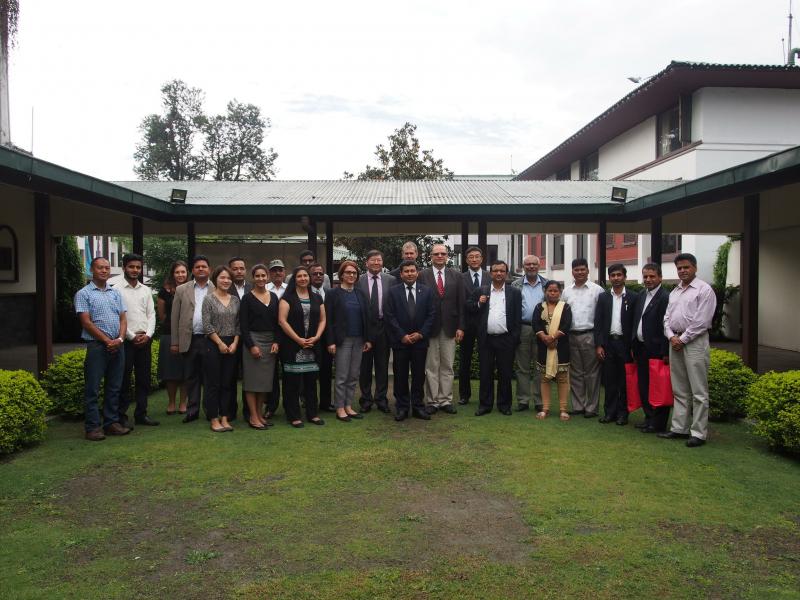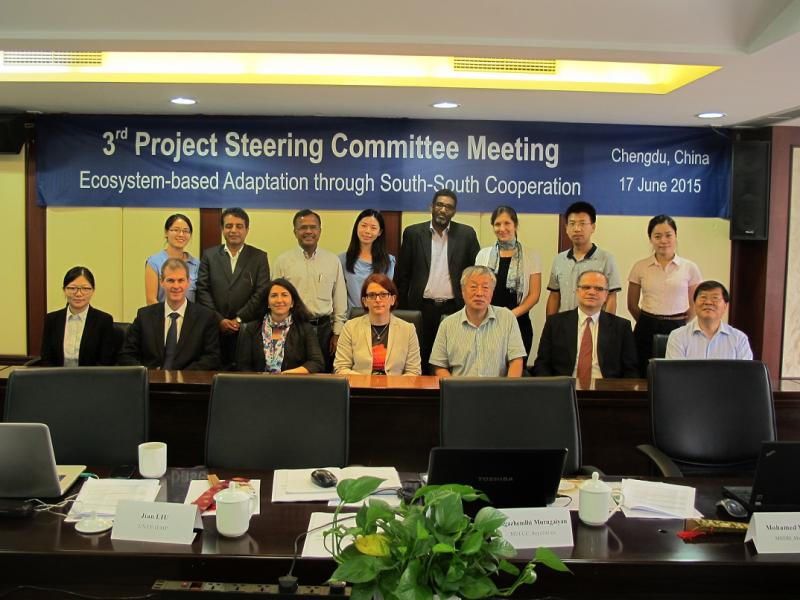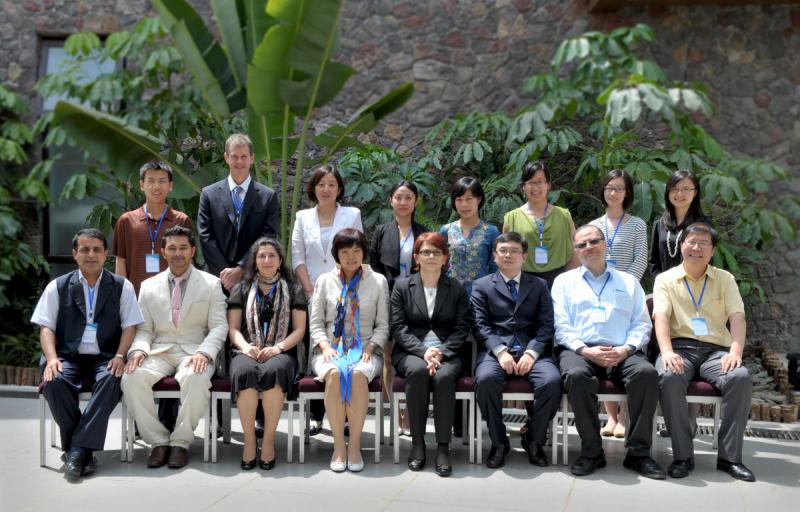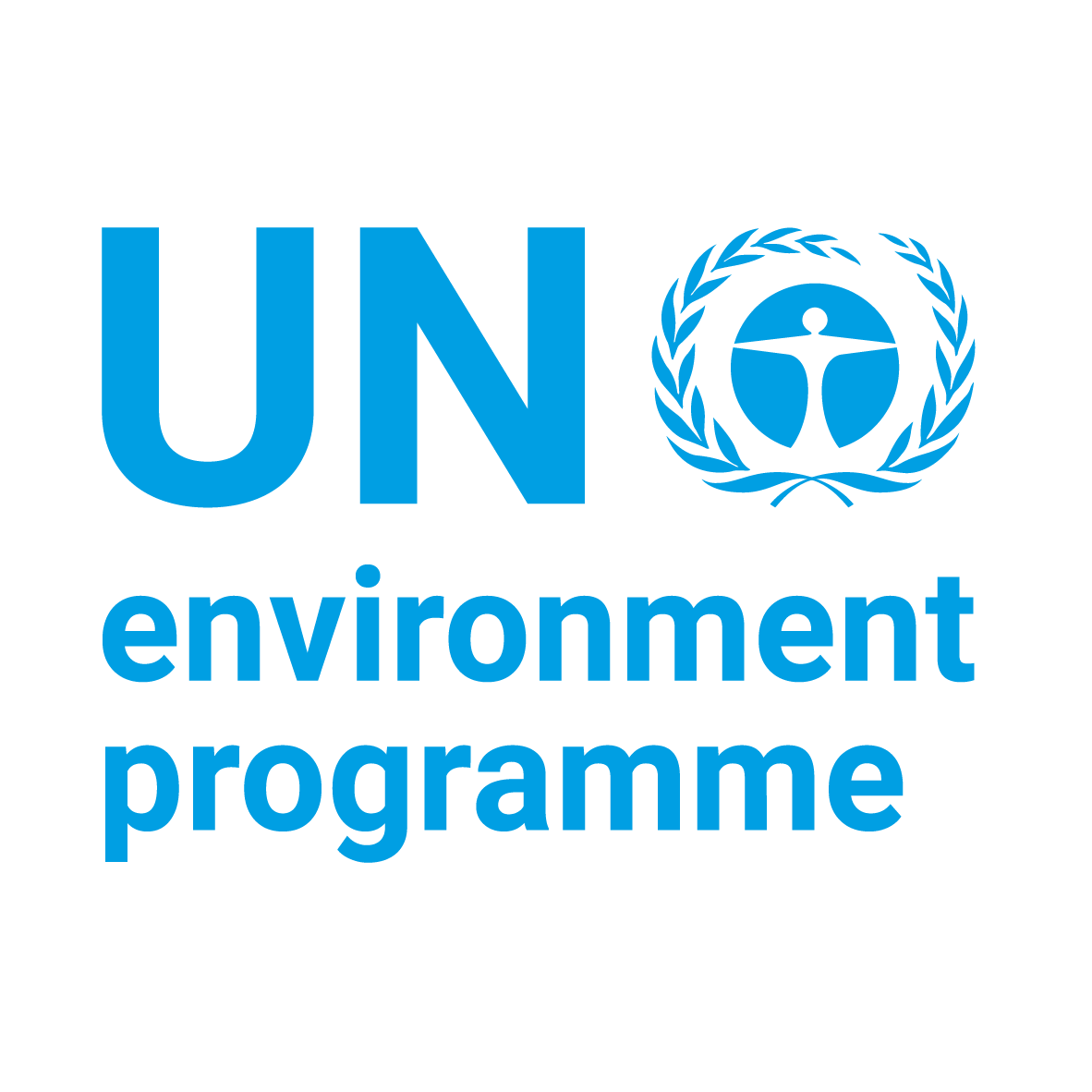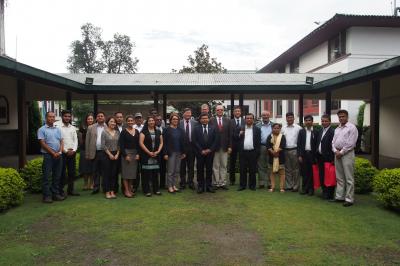 Photo: EbA South
Photo: EbA SouthThe negative effects of climate change are being experienced by local communities within a wide range of economic sectors in developing countries across Africa and Asia-Pacific. Multiple factors make these countries particularly vulnerable to observed and expected climate change impacts. These include poverty, dependence on rain-fed agriculture, as well as limited capacity of regional and national institutions to plan and implement adequate adaptation technologies and practices. There is an urgent need for immediate actions to address climate change before its impacts become unmanageable.
Ecosystem-based Adaptation through South-South Cooperation (EbA South) is a full-sized GEF project, funded through the Special Climate Change Fund. Officially known under the title "Enhancing Capacity, Knowledge and Technology Support to Build Climate Resilience of Vulnerable Developing Countries", the project is implemented by UN Environment and executed by the National Development and Reform Commission of China, NDRC, through the Institute of Geographic Sciences and Natural Resources Research, Chinese Academy of Sciences, IGSNRR, CAS.
The project aims to assist vulnerable communities in Africa and Asia-Pacific to adapt to the impacts of climate change, by improving their capacity to plan, implement, finance, research and legislate in support of Ecosystem-based Adaptation (EbA).
The project is considered a “first mover” in catalyzing global and regional collaboration on EbA under GEF guidelines, in particular within the framework of South-South cooperation.
EbA South seeks to build climate resilience in developing countries by increasing institutional capacity, mobilizing knowledge and transferring appropriate adaptation technologies. In addition to interregional activities, the project is leading concrete, on-the-ground adaptation interventions in three pilot countries; Mauritania, Nepal and Seychelles, representing three different vulnerable ecosystems (dryland, mountain and coastal respectively).
